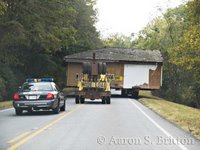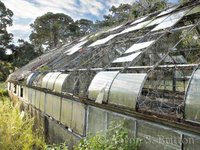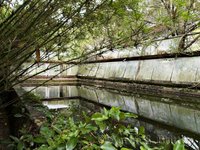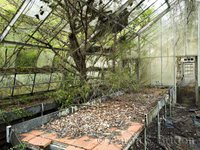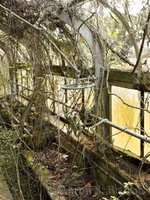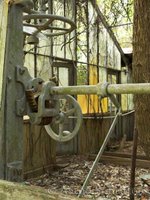 Now here is the huge bonus for having to drive down to Sapelo Island, the Island itself. It is beautiful. The island’s natural habitats include upland maritime forests, freshwater ponds, dunes, beaches, sloughs and salt marshes. These habitats create areas for many plants and animals to flourish.
Now here is the huge bonus for having to drive down to Sapelo Island, the Island itself. It is beautiful. The island’s natural habitats include upland maritime forests, freshwater ponds, dunes, beaches, sloughs and salt marshes. These habitats create areas for many plants and animals to flourish.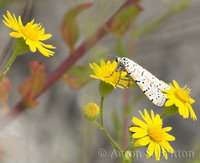
There are many natural hiking trails you can follow or you can just go down the beach and enjoy it in solitude. Either activities are very relaxing and well deserved after a hard day’s work.
While on Sapelo Island this time, I was able to take a few good photos of bird and insect life. The butterflies where in abundance along the sand dunes because of the many wild flowers blooming and made for some amazing awe filled viewing.
 If you want to find out more information about Sapelo Island here are a couple of nice sites
If you want to find out more information about Sapelo Island here are a couple of nice siteshttp://www.sapelonerr.org/index.htm
http://www.uga.edu/ugami/





